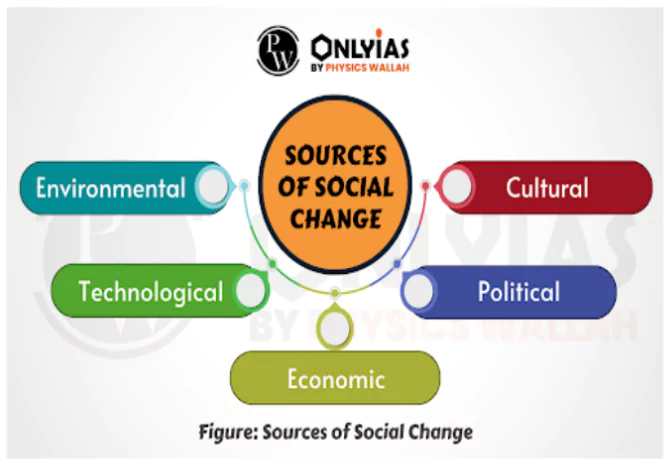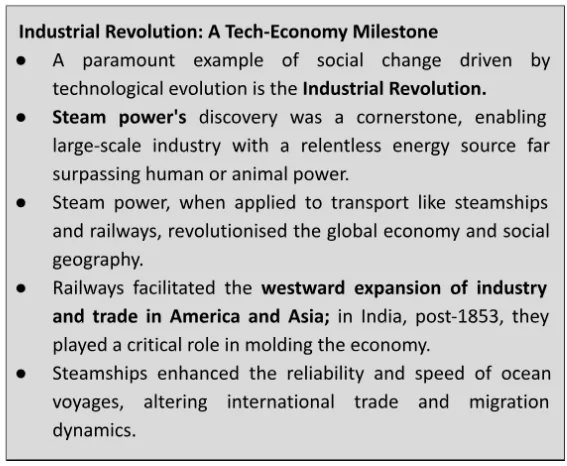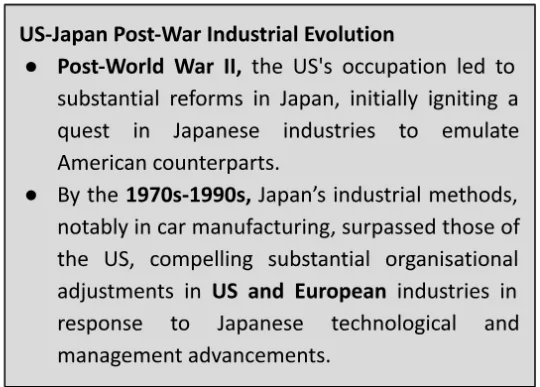![]() 11 Dec 2023
11 Dec 2023
This article delves into various facets of social change in India, commencing with an exploration of labour dynamics in Assam‘s tea industry, followed by discussions on abolitionist initiatives against societal malpractices. It focuses on the broad interpretation of fundamental rights, decentralised governance through Panchayati Raj and Van Panchayats. The narrative examines the link between agrarian structures and agricultural productivity, shedding light on demographic impacts on labour and cultivation.
It then pivots to the telecommunication surge in the late 90s and technological transition in newspaper production, encapsulating the digital transformation in news gathering and dissemination.
Through a synthesis of historical and modern analysis, this article underscores the intertwining of societal norms, political frameworks, and technological advancements, rendering a succinct overview of India’s multi-faceted evolution.

 Example: The discovery of gunpowder and writing paper in China, their significant impact was realised only upon integration into modernising Western Europe.
Example: The discovery of gunpowder and writing paper in China, their significant impact was realised only upon integration into modernising Western Europe.
<div class="new-fform">
</div>